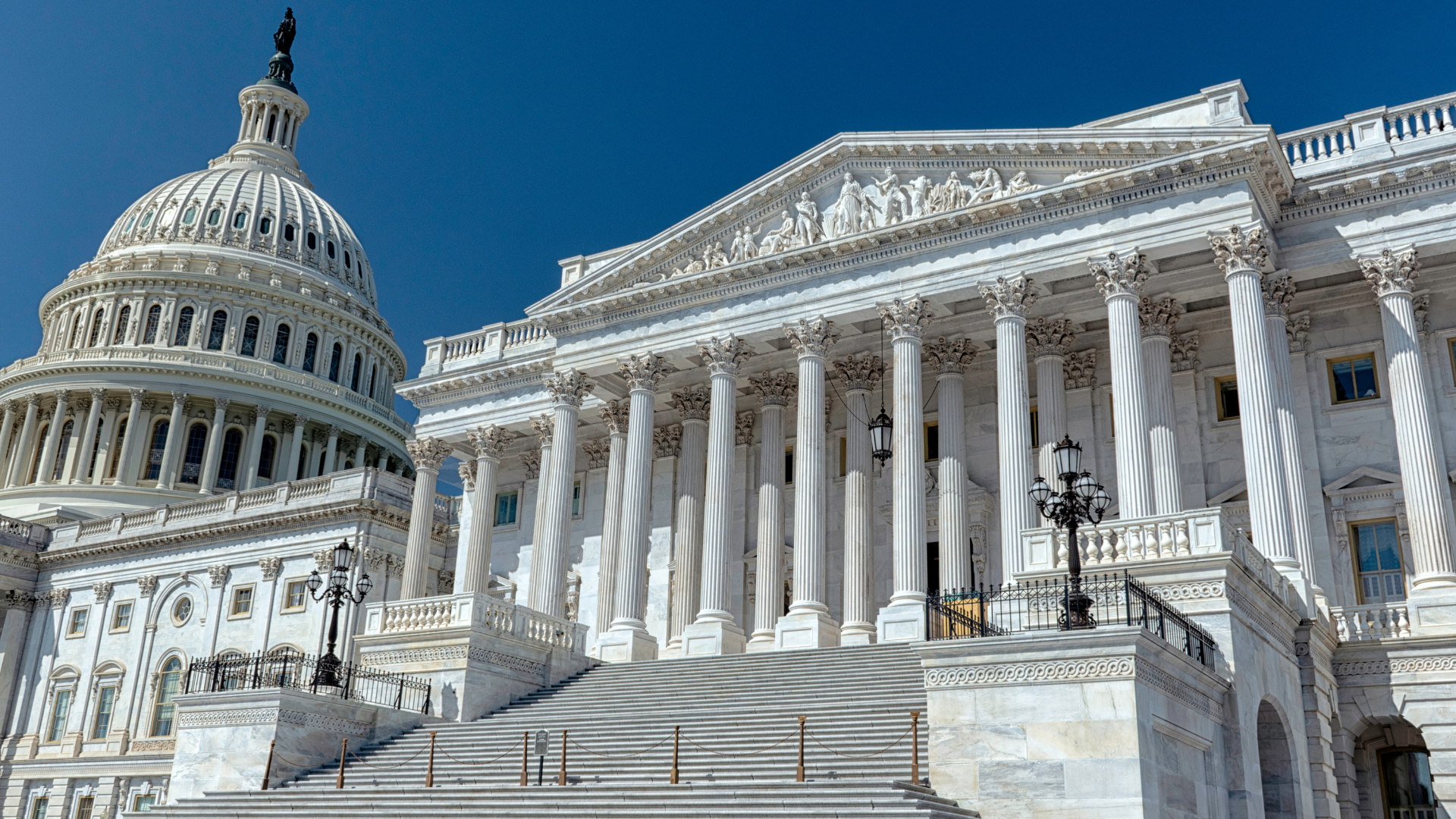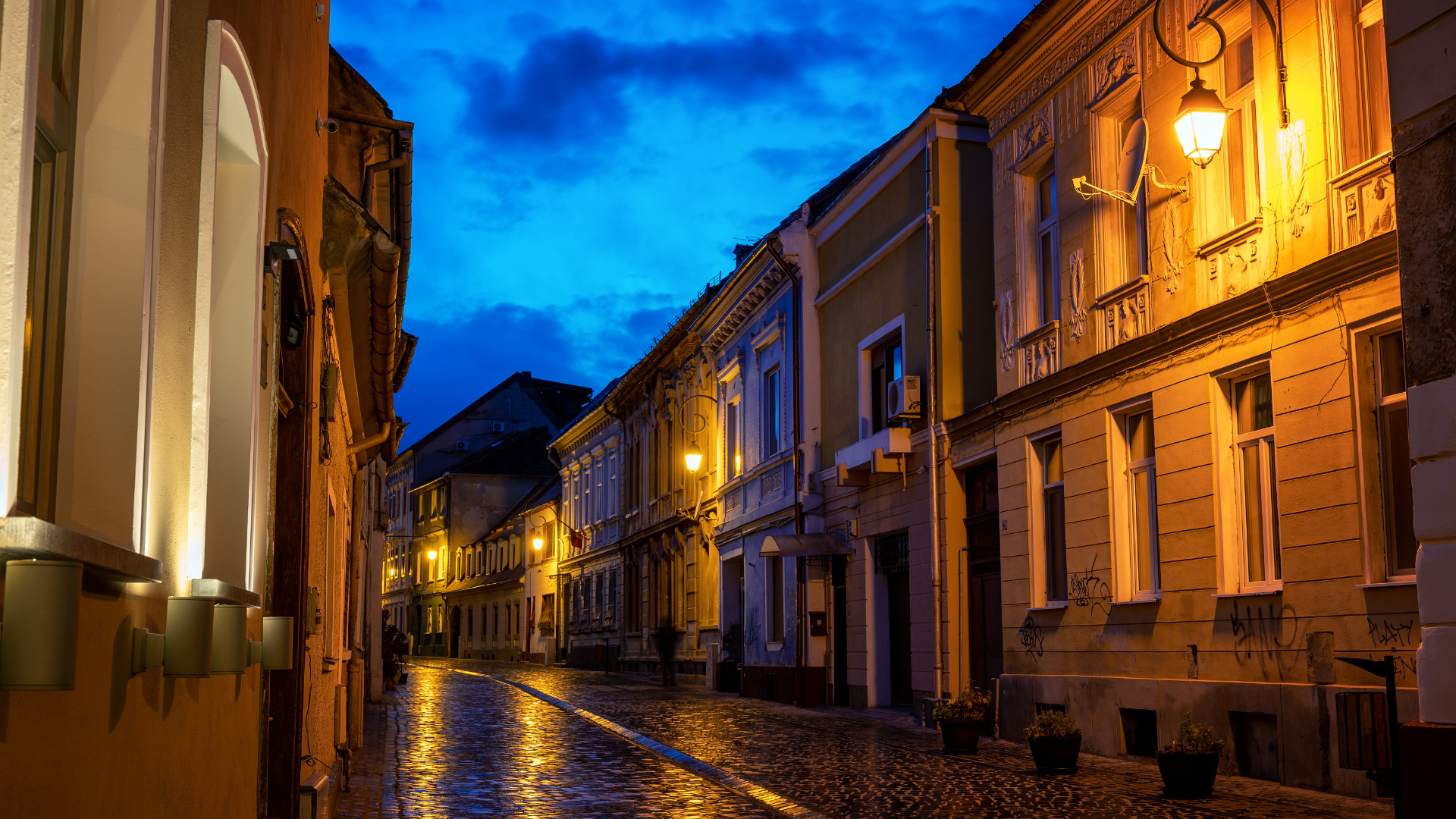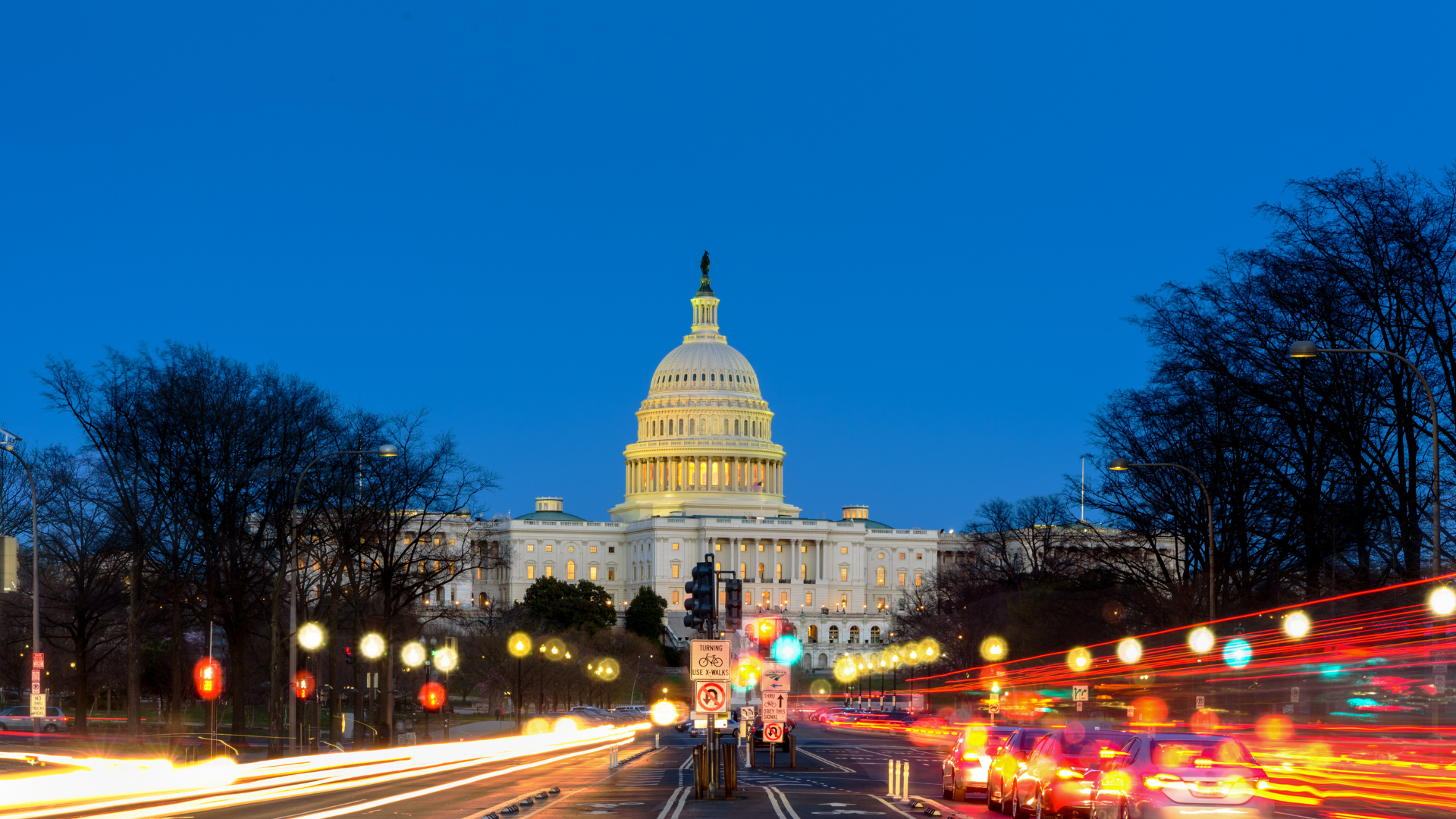The Hidden Stories of Washington D.C.’s Bridges
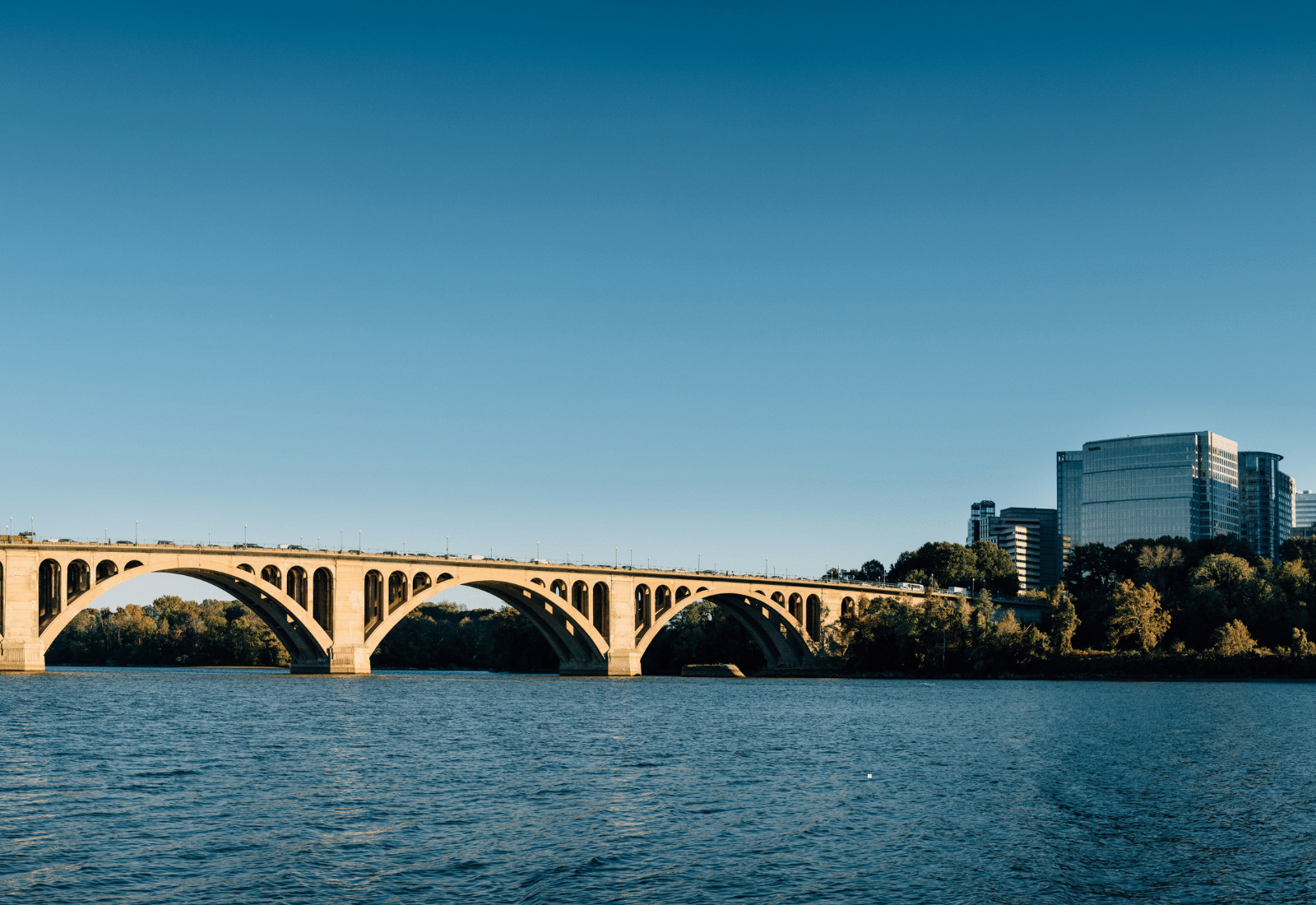
Recent Articles
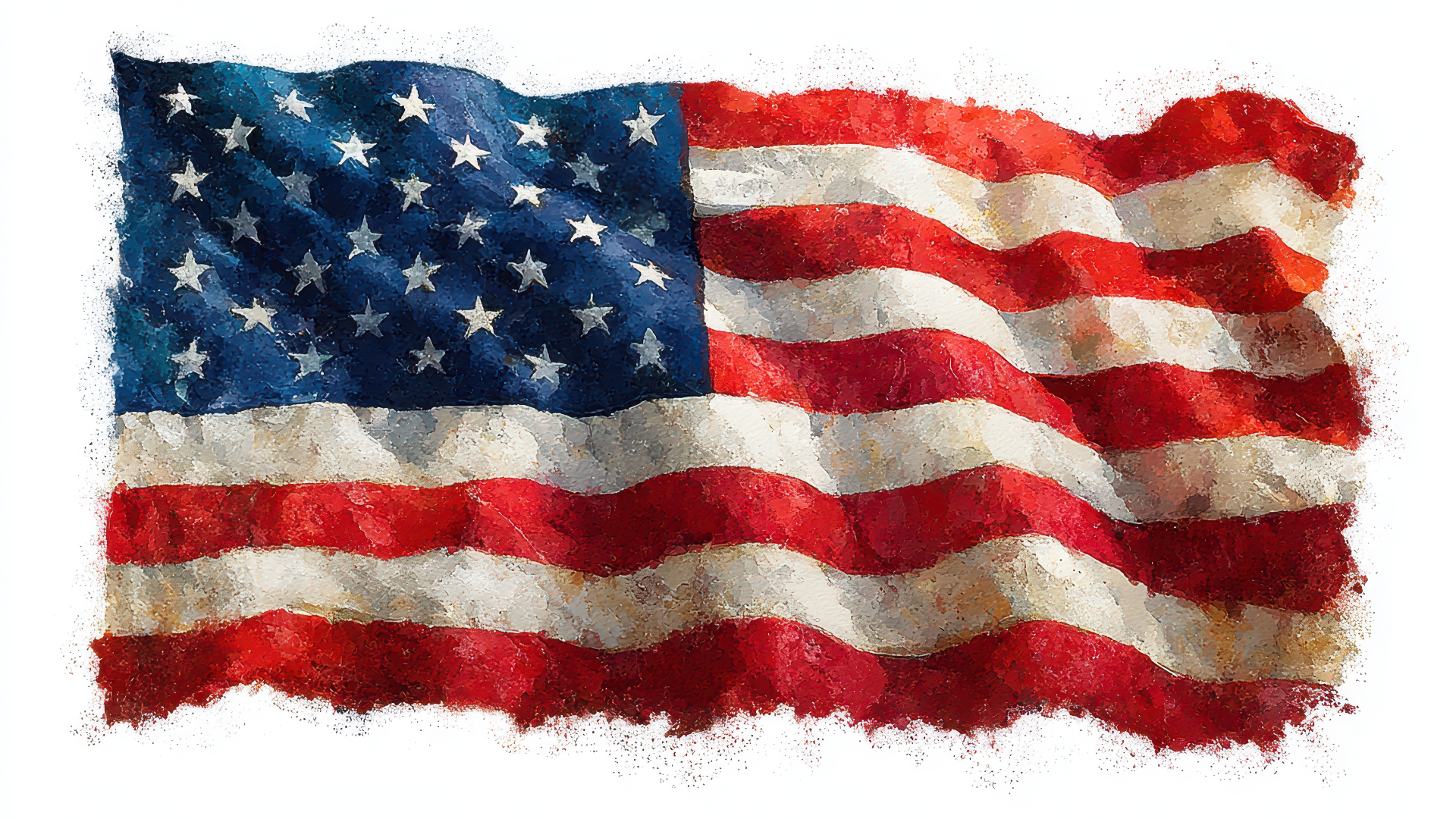




Washington D.C. is a city defined by monuments, museums, and marble—but beneath its iconic skyline lies a lesser-known network of stories woven through the city’s bridges. These structures do more than carry traffic across rivers and valleys. They connect neighborhoods, preserve history, and mark the evolution of a city shaped by politics, people, and progress.
For those looking to explore D.C. beyond the usual highlights, a private tour of the city’s bridges reveals a fascinating narrative of architectural ambition, hidden symbolism, and forgotten history. At Tiber Creek Private Tours, we design custom Washington D.C. tours that give you an insider’s look at the landmarks most visitors miss, including the bridges that quietly define the District’s identity.
Why Bridges Matter in D.C.
Bridges in the nation’s capital are more than just infrastructure—they are physical and symbolic connections that reflect Washington D.C.’s complex and evolving history. While they serve the practical purpose of spanning rivers and valleys, many of the city’s bridges were deliberately designed to carry deeper meaning.
Some bridges were built as symbols of national unity, especially in the decades following the Civil War. The Arlington Memorial Bridge, for instance, links the Lincoln Memorial with Arlington National Cemetery—a deliberate connection between the Union and Confederate legacies. It stands as a reminder that healing and reconciliation were once considered essential national goals.
Other bridges quietly mark the dividing lines between historic neighborhoods—often reflecting the city’s long-standing economic, racial, or cultural divisions. Bridges over the Anacostia River, for example, have historically separated the wealthier western half of the city from its underserved eastern communities. In recent years, however, they have also become sites of transformation and efforts to reconnect and revitalize these communities.
Key Bridges to Explore on a Private Tour
This grand neoclassical bridge connectsthe Lincoln Memorialto Arlington National Cemetery. Often referred to as a symbolic “bridge between North and South,” it was designed to represent reunification after the Civil War. It also houses a secret beneath it: a hidden drawbridge mechanism designed for ship traffic that has not operated in decades.
Francis Scott Key Bridge
Spanning the Potomac River between Georgetown and Rosslyn, the Francis Scott Key Bridge offers sweeping views of the city. It’s named after Francis Scott Key, the author of the national anthem. This bridge is also the site of early 20th-century trolley car tracks and stories of smuggling during Prohibition.
A strikingly modern structure, this bridge connects South Capitol Street across the Anacostia River. It’s named after the abolitionist and statesman Frederick Douglass, who lived in Washington D.C. The new bridge design incorporates pedestrian walkways, symbolizing access and equity for all residents. Its construction also reflects the ongoing revitalization of D.C.’s southeastern quadrant.
Taft Bridge
Often overlooked by tourists, this bridge over Rock Creek Park is one of the most beautiful in the city. With its massive lion sculptures and unique concrete arch design, it’s a testament to early 20th-century engineering. The Taft Bridge is also where Theodore Roosevelt gave speeches promoting conservation, making it a quiet witness to political history.
Chain Bridge
Built in the early 1800s and rebuilt multiple times, Chain Bridge is one of the oldest river crossings in D.C. It played a vital role during the Civil War, serving as a strategic point for Union troops. Today, it offers a serene, wooded escape that feels worlds away from the bustle of the city.
11th Street Bridge
Currently undergoing transformation into the11th Street Bridge Park, this bridge is being reimagined as a public space that combines recreation, performance, and education. It will be the first elevated park in the city, creating a literal and cultural link between Capitol Hill and Anacostia—neighborhoods historically divided by the Anacostia River.
John Philip Sousa Bridge
Carrying Pennsylvania Avenue SE over the Anacostia River, the John Philip Sousa Bridge is named after the famous American composer and D.C. native known for his patriotic marches. This bridge is historically significant as it connects Capitol Hill with neighborhoods east of the river and was once the route used by funeral processions for President Abraham Lincoln. Today, it stands as a reminder of Sousa’s contributions to American music and the evolving connectivity of the city.
Often traveled but rarely noticed, this bridge carries I-395 across the Washington Channel, linking the National Mall area with Southwest D.C. It offers a unique perspective of the Wharf District, a revitalized waterfront neighborhood. While functional in appearance, its proximity to the Tidal Basin and cherry blossoms makes it a scenic favorite for locals and visitors alike.
Piney Branch Parkway Bridge
Tucked away in Rock Creek Park, the Piney Branch Parkway Bridge, also known as the 16th Street Bridge, is a hidden gem surrounded by nature. Built in the 1930s, it exemplifies the rustic, naturalistic design style of the National Park Service during that era. This bridge makes for a peaceful stop on a walking or photography tour, perfect for those who want to experience the quiet beauty of D.C.’s green spaces.
Planning a Custom Tour of Washington D.C.
Every Tiber Creek private tour is tailored to your interests. You can explore bridges by car, foot, bike, or a combination —perfect for photographers, architecture enthusiasts, history buffs, or travelers who simply want to see a different side of D.C.
We’ll design your private Washington D.C. tour to include:
- Custom pickup and drop-off
- Expert local guides who bring history to life
- Flexible stops for photos, walking paths, or neighborhood exploration
- Optional add-ons like boat tours, picnics near the water, or sunset views
Want to combine this tour with nearby landmarks? Many of D.C.’s most famous attractions are just steps from these bridges. This includes the Lincoln Memorial, the National Mall, Georgetown, and the Navy Yard.
Book Your D.C. Tour
Ready to discover the untold stories of Washington D.C.’s bridges?
Contact Tiber Creek Private Tours to plan your custom itinerary. Let us help you see the capital in a whole new light.






